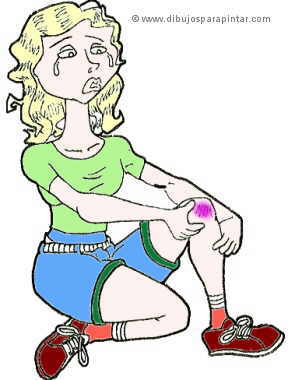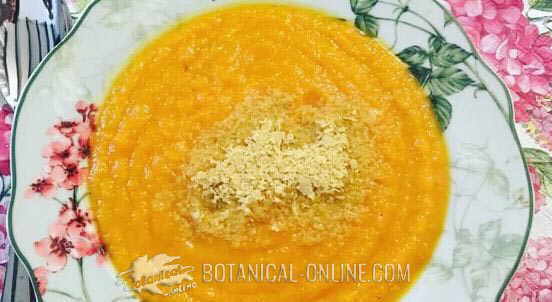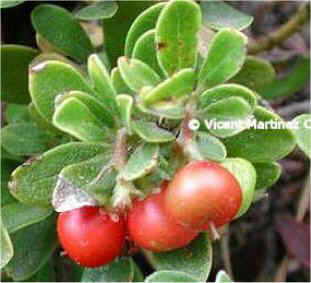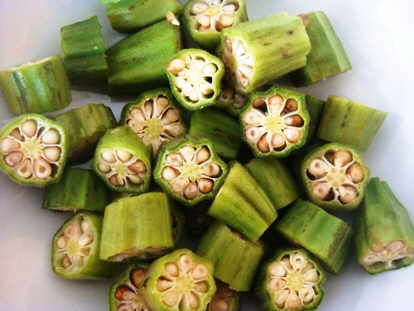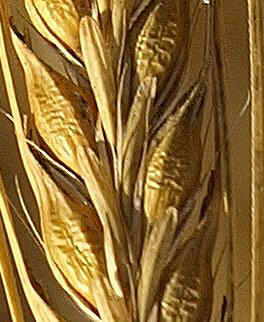Contents
Benefits and functions of histidine, essential amino acid for children
CHARACTERISTICS OF HISTIDINE
What is histidine?
Histidine is an essential amino acid in children and nonessential amino acid in adulthood where the body can synthesize from other amino acids, although most usually it is ingested through food.
Histidine is a precursor of histamine, with vasodilatory properties and to trigger allergic reactions, responsible for inflammatory processes and skin urticaria response. Histidine also stimulates the production of digestive juices.
The abbreviation for this amino acid is His.
Properties of histidine
- The body produces histamine from the decarboxylation of histidine, a metabolic pathway involving the catalyst enzyme histidine decarboxylase.
Histamine promotes the formation of red blood cells and white blood cells, which not only increases the defensive system but prevents anemia. It is part of hemoglobin, such as isoleucine, ensuring proper formation of blood cells, promoting their proper functioning and that of the defensive cells (with protective effect against external pathogens).
Ingestion of histidine is a substrate for the production of histamine, and doing this will help prevent infectious diseases and to strengthen the defenses.

Histidine contributes to the formation of histamine, which promotes the formation of red blood cells
Histamine promotes cardioprotective actions in our body by means of reducing hypertension, by arterial vasodilation, and arteriosclerosis prevention. This will improve the blood circulation being a good ally in the prevention of diseases such as angina, heart attack or thrombosis.
As many amino acids, histamine is necessary to regenerate tissue and favor proper healing. Sprains, strains, wounds, bruises, skin burns or broken bones, will be enhanced by the contribution of this amino acid in the diet.
In addition, histamine exerts other protective function of the nervous system as it ensures proper maintenance of the myelin sheaths of our brain responsible for ensuring neural connections and promoting alertness (histaminergic neurons control the alertness). This ensures adequate transmission of electrical impulses in neurons which leads to increase attention and even enhance memory.
Histamine is an essential amino acid, which is a good antioxidant capable of neutralizing the harmful action of free radicals. In this way it is able to counteract the toxins produced by the body’s own metabolism, but also those from external agents such as spoiled food, heavy metals, contaminated air, snuff smoke, radiation damage, etc.
It is a good stimulant of gastric juices so it helps to improve digestion.
It possesses anti-uremic (against formation of uric acid), diuretic (increases urine production) and anti-inflammatory properties which is very suitable for the prevention and treatment of certain diseases such as rheumatoid arthritis or gout. We must also bear in mind that people with arthritis often have low levels of histidine.
Histidine deficiency is responsible for a greater chance of deafness and other hearing problems. Also this amino acid can help solve problems of impotence and lack of sexual desire.
Together with growth hormone, histidine promotes proper development of our body to reach adulthood, wherein the body growth ends. This is the reason why is this amino acid considered essential in children, who could manifest problems of dwarfism deficiencies or malformations if they did not have it.
Contraindications of histidine
– Pregnant women or people suffering from liver and kidney should not take supplements of histidine
Foods containing histidine
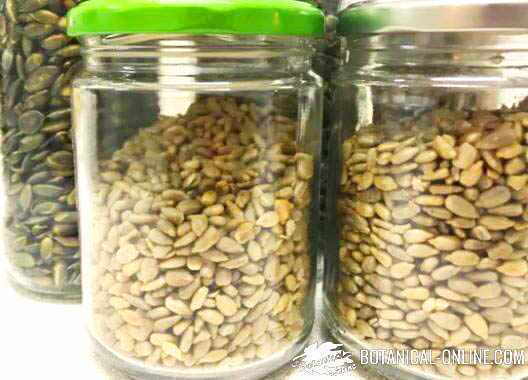
Sunflower seeds are rich in histidine
Animal foods are those that contain more histidine, for example, eggs, meat (chicken, pork, beef, etc)
Within plant foods, we include, for example, sunflower seeds, pumpkin seeds, hazelnuts, walnuts, etc.
* More information: Foods rich in histidine
Histidine supplements
Although you can take supplements of histidine, it is recommended to meet the needs of this amino acid through a balanced diet. If supplementation is necessary, consult with the specialist before taking it.
* Related information:
– How to combine vegetable proteins
List of amino acids in food | |
Essential amino acids | Nonessential amino acids |
Phenylalanine, Isoleucine, Leucine, Lysine, Methionine, Threonine, Tryptophan, Valine | Aspartic acid, Glutaminic acid, Alanine, Arginine, Cysteine, Cystine, Glycine, Hydroxyproline, Proline, Serine, Tyrosine |
![]() More information on amino acids.
More information on amino acids.

